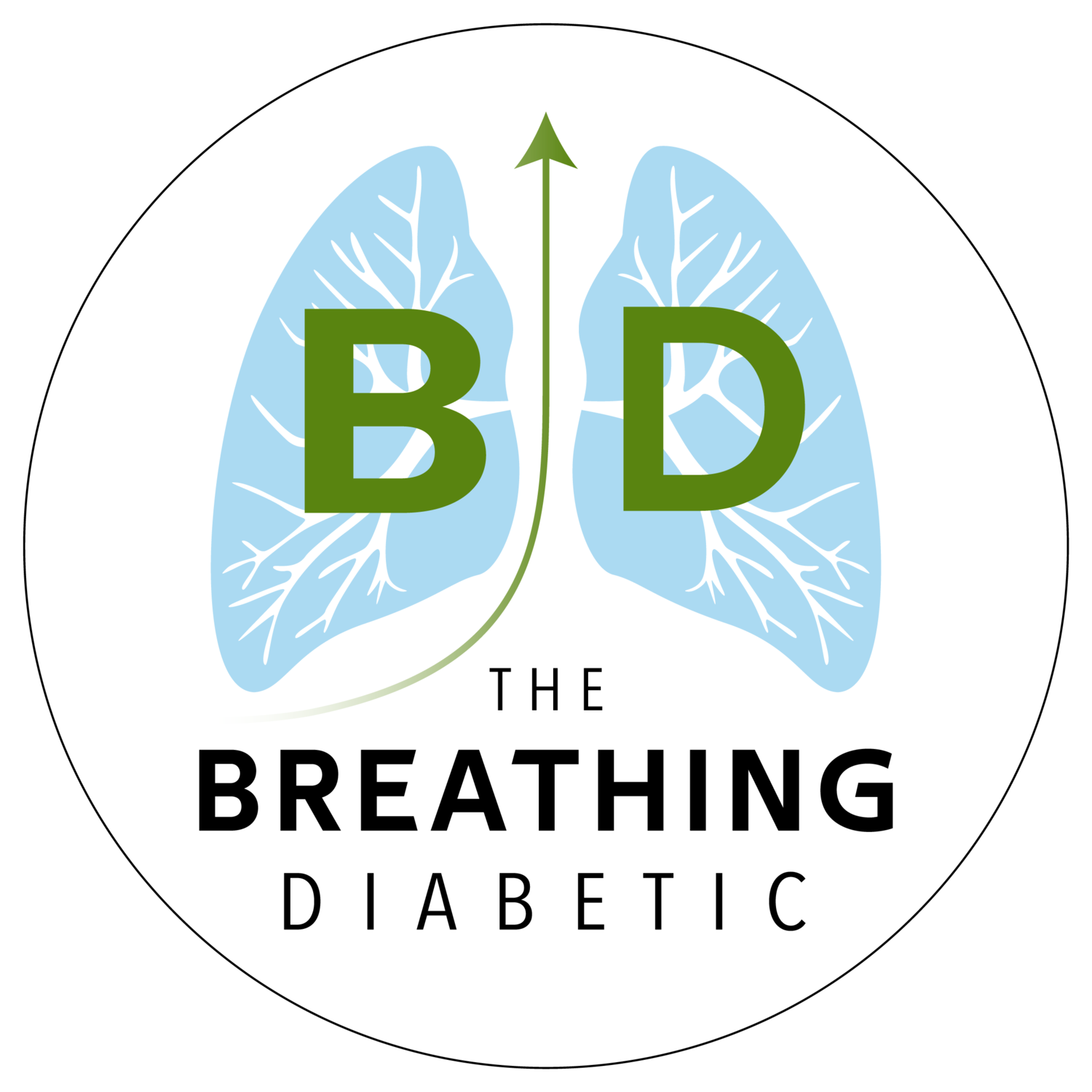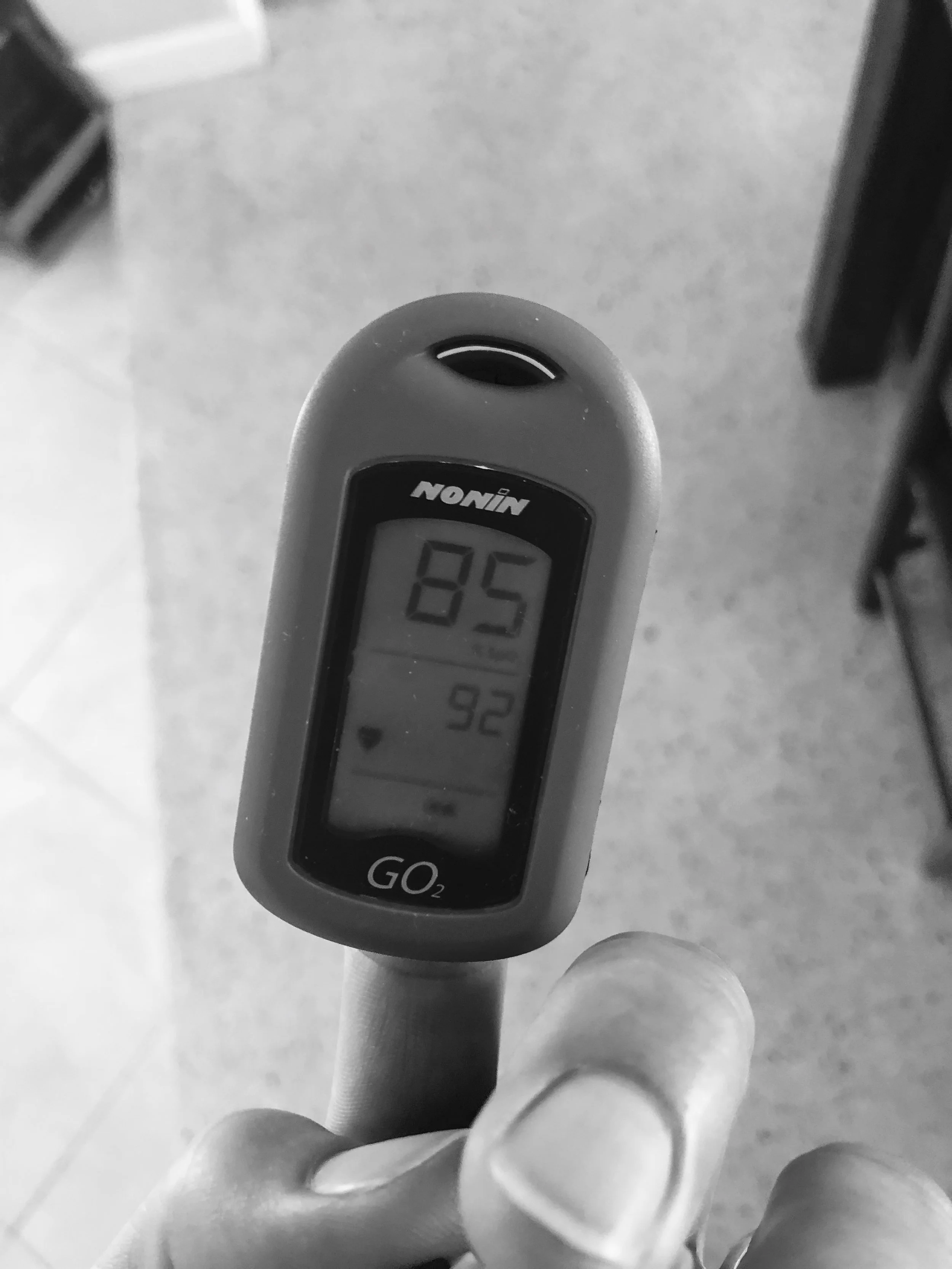Principle 3: Hold Your Breath
When I began practicing the Oxygen Advantage®, I was performing breath holds as a way to boost performance. I was not training for anything in particular, but doing breath holds increased my energy and gave me more confidence when out surfing. I now know that breath holds played a vital role in improving my blood sugars.
Principle 3: Hold your breath, is the icing on the cake of Principles 1 & 2. Because there are dangers to holding your breath, I always recommend working with a coach (see below). Moreover, you can get all you need from Principle 1 and Principle 2, so don't feel like you need to jump into holding your breath immediately. With that in mind, let's look at why breath holds are a crucial principle for better blood sugars and better health.
Here is the paradox: diabetes can cause tissue hypoxia, which might be the root cause of many complications. However, intentionally practicing intermittent hypoxia is therapeutic. It's a matter of dose. Chronic hypoxia, such as that caused by obstructive sleep apnea, has many adverse side effects. Intermittent hypoxia (e.g., breath holds), on the other hand, has many beneficial effects.
Intermittent hypoxia causes glucose transport from the blood into the tissues and organs independent of insulin; that is, it lowers blood sugar. Further, exercise and hypoxia can be combined to get an enhanced blood sugar lowing effect. Finally, intermittent hypoxia also has been shown to increase insulin sensitivity.
"Acute hypoxia may therefore improve short-term glycaemic control in individuals with type 2 diabetes." - Mackenzie et al. (2011)
Intermittent hypoxia also improves innate immune function and reduces inflammation. Diabetics, especially type 1s like myself, have compromised immune systems and suffer from chronic inflammation. Therefore, breath holds could be a healing intervention.
“Of considerable interest is that some studies suggest that moderate IH protocols actually enhance the innate immune system, while having an overall anti-inflammatory effect.” - Navarrete-Opazo and Mitchell (2014)
Practice Principle 3
Most studies showing the therapeutic effects of intermittent hypoxia have used unique tents or masks to reduce the percentage of oxygen in the air. However, in nature, the only way we could have ever experienced intermittent low oxygen, and therefore developed these positive adaptations, is by holding our breath. (Note that living at high altitude also has many positive benefits, but is much different than intermittent hypoxia.)
WARNING: Holding your breath can be very dangerous. NEVER PERFORM BREATH HOLDS OF ANY KIND IN WATER! Many people try breath hold techniques in a pool and pass out. It is never safe to practice breath holds in the water where the consequences are fatal. Also, never perform breath holds while driving.
Tips
Use a pulse oximeter to monitor your blood oxygen saturation. Studies have shown that the therapeutic range for IH is between 82% - 95%. Going below this range could result in negative side effects. I use the Nonin GO2.
Start very slowly. This is not a competition. When you complete a breath hold, you should be able to recover normal breathing within 3 - 5 breaths.
Consistency over intensity. Practice many small breath holds throughout the day rather than trying to push yourself by holding your breath as long as you can.
An easy way to get started is to hold your breath while walking. Try holding your breath for 10 paces, then 15, then 20. See how many paces you can comfortably hold for while still being able to regain normal breathing after 3 - 5 breaths. Wear your pulse oximeter to ensure you do not drop your blood oxygen saturation too low.
One More Word of Advice
Although breath-hold training is generally safe, before starting, you must assess your general breathing fitness (see #2 here). Additionally, make sure you do not have any conditions that would make breath-holding unsafe (e.g., if you are pregnant). My recommendation is to begin with an instructor who can ensure breath holds are safe for you and who can give you starting breath-hold practices. There are many instructors available through the Oxygen Advantage, the Wim Hof Method, and Immersion Freediving. I also provide breath-hold lessons through Black Sand Yoga. Another good place to start is by reading the Oxygen Advantage, which outlines several different breath-hold techniques.
In the picture above, I dropped my blood oxygen saturation to 85%, simulating an altitude of roughly 13,000 feet (this is about 2.5x the altitude of Denver, CO). Studies have shown that performing breath holds can increase hemoglobin, hematocrit, and EPO, ultimately leading to increased oxygen carrying capacity and improved endurance. In addition to the performance gains, studies have also indicated that intermittent hypoxia can benefit the cardiovascular system, improve immune function, reduce inflammation, and improve glucose tolerance.

